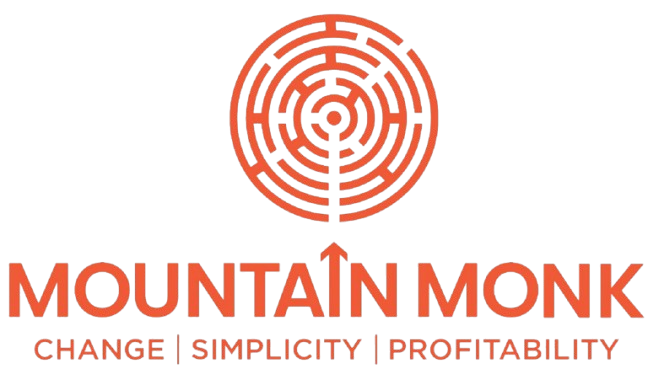The CPG sector is constantly evolving, with companies needing to stay agile to maintain a competitive edge. Our CPG client, which produces packaged food products, maintained its mid-size category while dealing with revenue stagnation, restricted distribution zones and suboptimal prices together with delayed product developments. The organization required strategic changes to access new markets while pursuing lasting business growth.
Mountain Monk Consulting stepped in with a structured, data-driven approach. During a period of four years, we supported this company in developing their pricing method and strengthened their market presence and achieved business expansion in Maharashtra.
The Impact: Significant revenue growth, enhanced brand visibility, and a well-optimized supply chain. This case study details how we executed this transformation, and the tangible benefits our client reaped.
The Indian fast-moving consumer goods market operates as a dynamic competitive segment. Major brand companies control urban market shares but new brands encounter obstacles achieving distribution and making sufficient impact and setting competitive prices. The company faced growth limitations because it operated with restricted distribution channels across the market.
- The company faced reduced profit margins because it did not establish competitive pricing strategies.
- The inefficient supply chain structure caused distribution problems which reduced product availability rates.
- The brand lagged in catering to evolving consumer preferences.
The Growth Strategy: How We Made the Difference
The strategic market entry into Maharashtra serves as our method to expand our operations. Our company began its operations by selecting Maharashtra, which demonstrated high business prospects. The consumer base in this market incorporated urban and semirural demographics which created simultaneous beneficial and demanding conditions in this particular segment.
Strategic Actions Taken
We conducted detailed market research which included dividing consumers into segments and analyzing competitor positions. Our company built up regional distribution partnerships with the main wholesalers and distributors to rapidly build the market reach.
We created marketing initiatives which specifically connected with Maharashtra’s different population segments.
The company obtained prime shelving positions through secured premium retail space agreements combined with modern trade channel collaboration for better brand exposure.
As a result, the brand gained a foothold in metropolitan areas while simultaneously expanding its presence in tier-2 and tier-3 cities.
Key Takeaway: Successful market expansion requires a blend of strategic partnerships, localized marketing, and optimized distribution networks.
2. Competitive Pricing Strategy: Creating a Sustainable Advantage
Pricing serves as a fundamental success driver for CPG products because it shapes consumer preferences and business profits. Our client suffered from an unorganized pricing model that caused unpredictable margins and prevented them from effectively competing in the market.
Strategic Actions Taken
- We used Value-Based Pricing to determine prices based on how customers value the brand as well as their payment readiness.
- We applied a price scheme with distinct levels for high-end city markets and basic regional markets. Our strategy included adopting strategic discounts together with volume-based incentives as well as bundling offers to increase customer purchase frequency.
- The company built an intelligent pricing model which analyzes market competitors and customer demand through constant monitoring systems and data-based pricing strategies that create maximum financial returns.
Key Takeaway: A data-driven pricing strategy ensures market competitiveness while maximizing profitability.
3. Supply Chain Optimization: Driving Efficiency & Cost Reduction
There were regular stockout problems in areas with high demand together with persistent overstock issues in areas with low demand because of their existing supply chain model. We restructured their distribution system to improve efficiency.
Strategic Solutions Implemented
- Predictive analytics enabled the company to achieve better inventory optimization while decreasing unnecessary expenses through demand forecasting.
- We established multiple decentralized warehouses as regional distribution centers to improve order processing speed.
- We improved supply chain responsiveness through substantial collaboration with nearby logistics organizations.
- Integrated AI tools to monitor stock levels and automate replenishment cycles.
Key Takeaway: A well-optimized supply chain reduces operational costs while ensuring product availability at the right place and time.
The Impact: Transformation & Growth
Our holistic approach generated tangible, long-term results for our client
Geographic Expansion: Successfully entered Maharashtra and secured a strong market share.
Revenue Growth: Achieved a steady year-on-year increase in revenue and profitability. Enhanced Brand Positioning: Strengthened brand perception through strategic pricing and marketing.
Operational Efficiency: Streamlined supply chain and distribution logistics for sustained growth.
Innovation Success: New product lines contributed significantly to overall sales performance.





